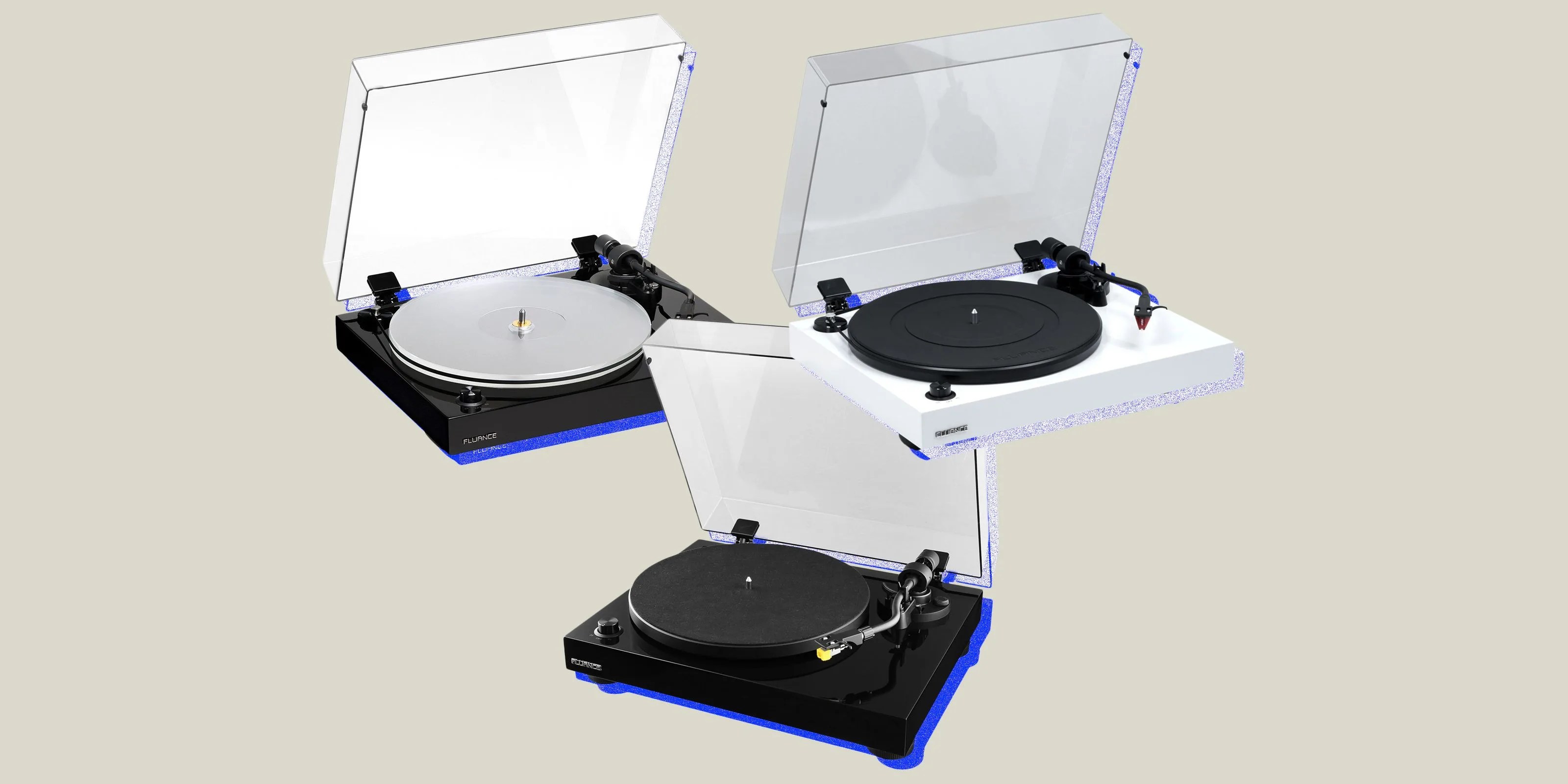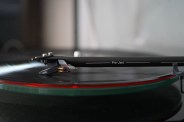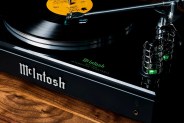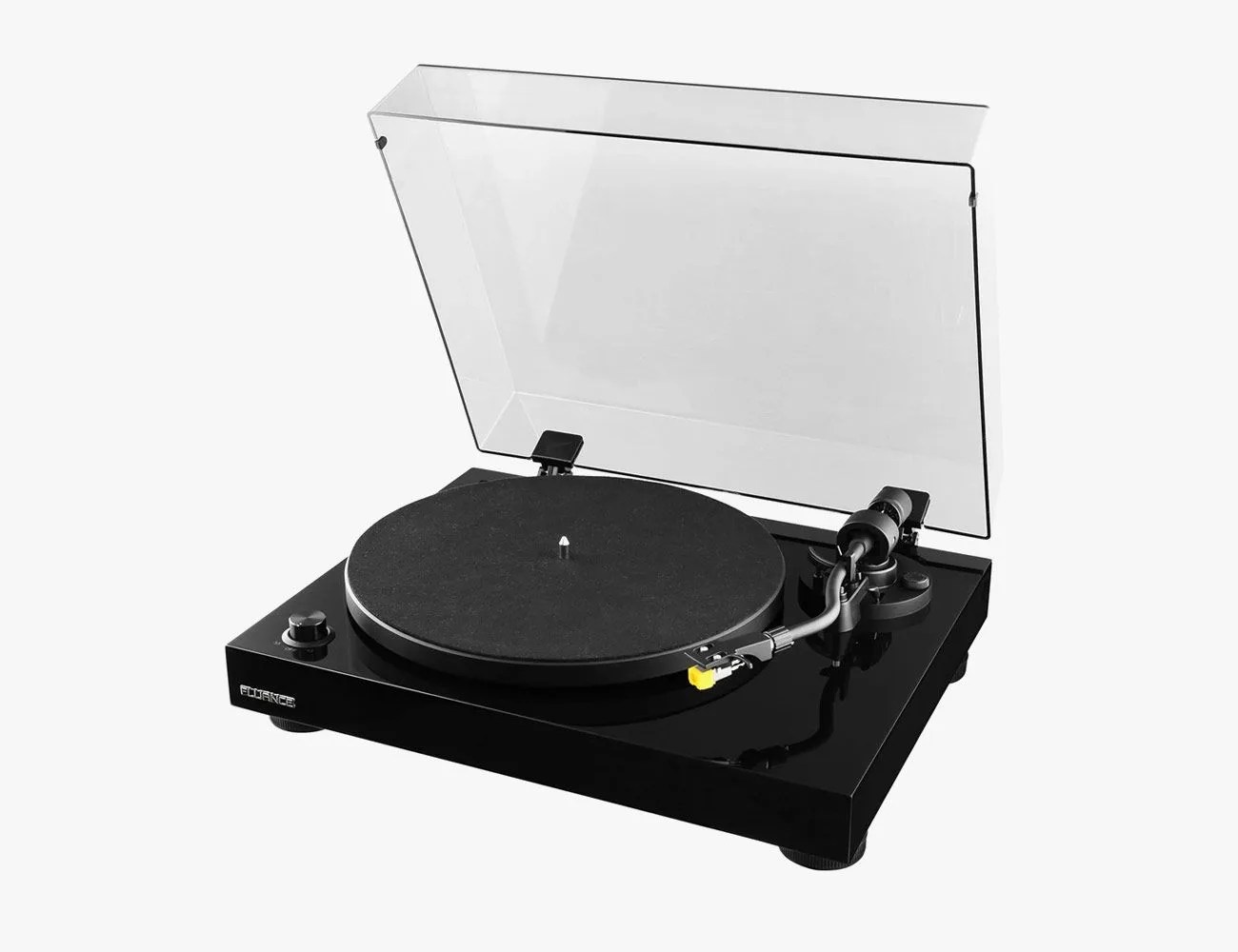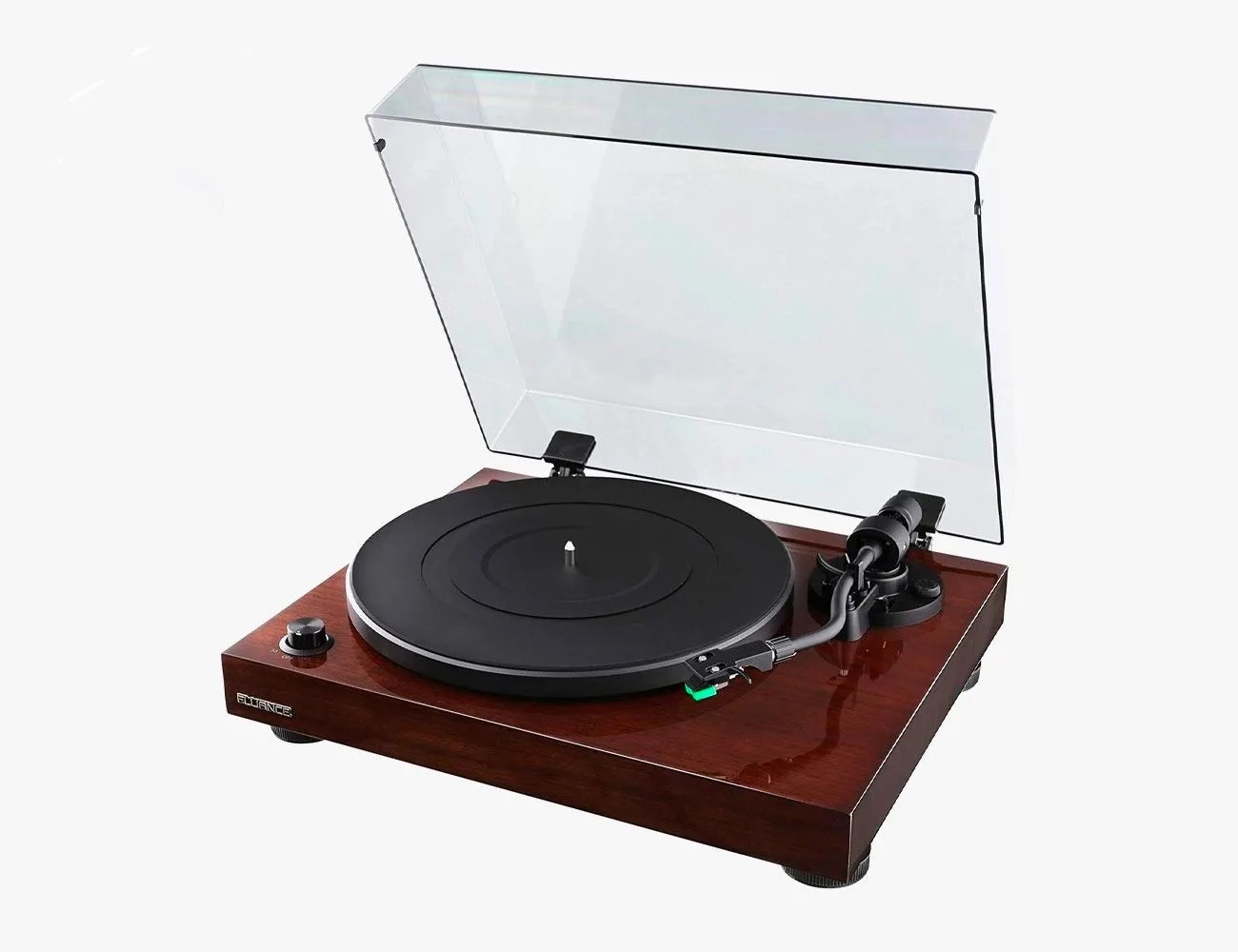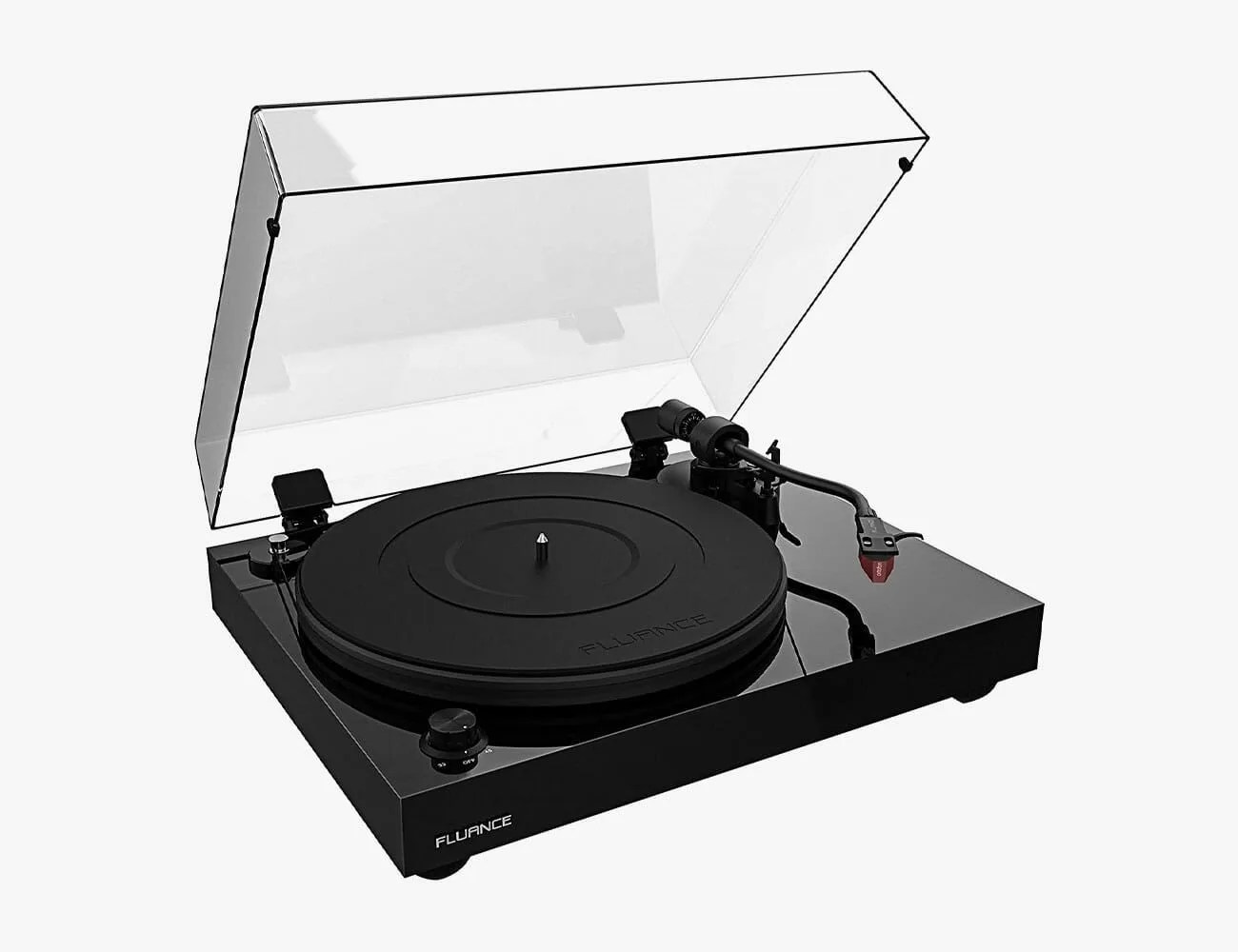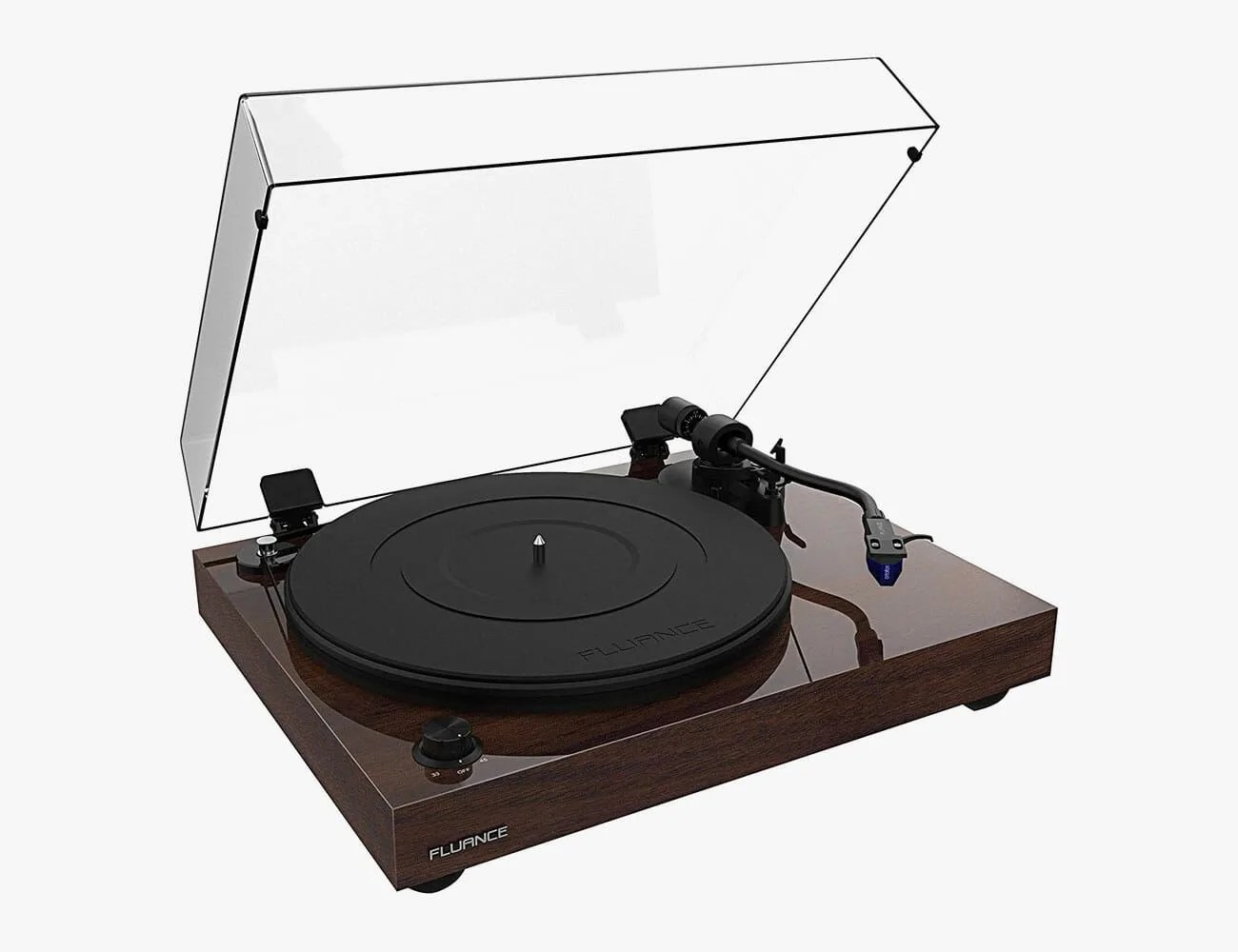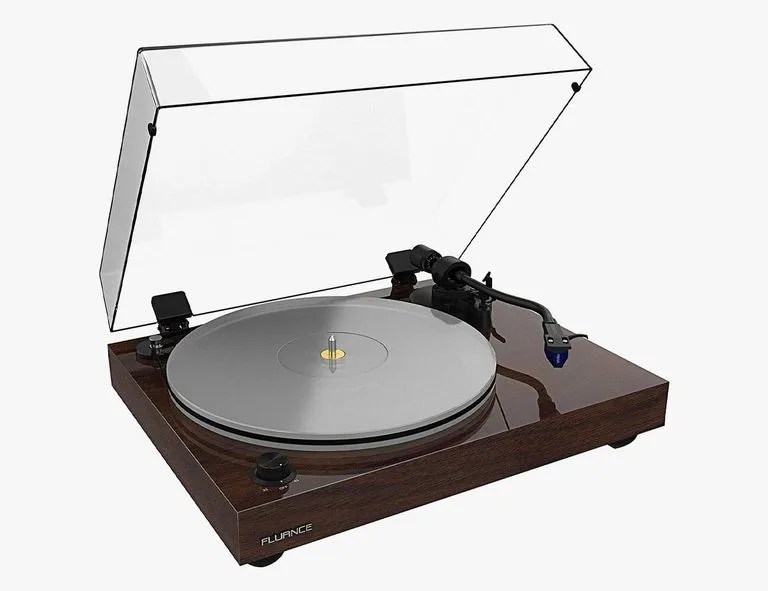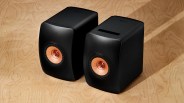Welcome to Brand Breakdown, a series of comprehensive yet easy-to-digest guides to your favorite companies, with insights and information you won’t find on the average About page.
If you’re in the market for a good affordable turntable, you’ve undoubtedly come across Fluance. The Canadian-based audio company makes some of the best and most popular “bang-for-your-buck” turntables. It combines high-quality components (drive units, enclosure technologies, crossovers and wood cabinets) with a cool retro-inspired aesthetic, and it’s able to keep the price down by stripping away some of the more advanced, lesser-used features.
Products in the Guide
Fluance has only been in the turntable business for the last four years. The company dates back to 1999 and really built its reputation on hi-fi speakers and home theater speaker systems, but it decided to go into turntables because the team had so many in-house vinyl enthusiasts. Today, you can get an entry-level turntable with a built-in phono preamp for as little as $200 or upgrade to something a little higher-end. Either way, you’re not spending more than $500.
Getting Started
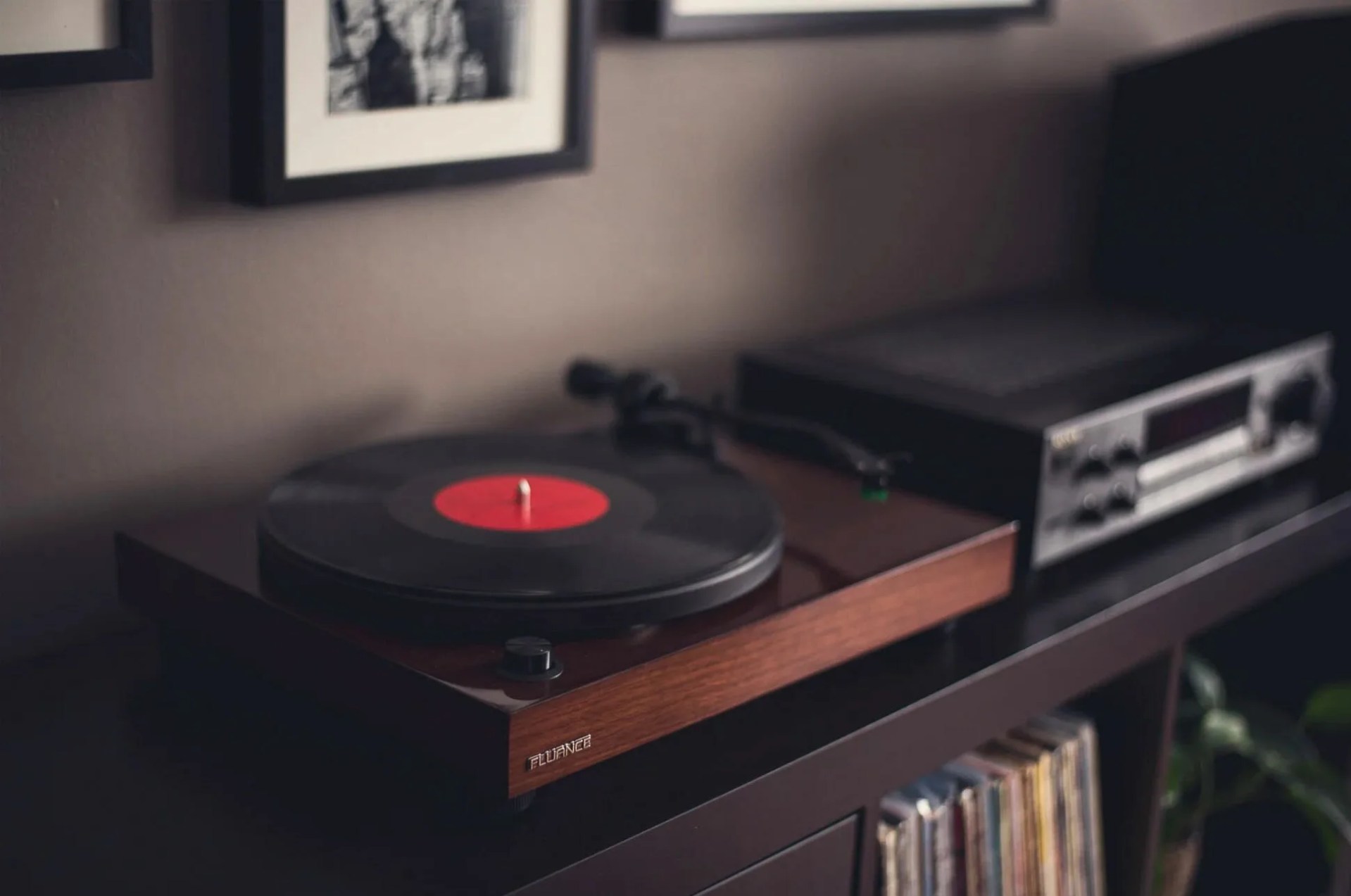 Fluance
FluanceAll of Fluance’s turntable models start with “RT” followed by a number (ranging from 80 to 85). The RT stands for “Retro Turntable,” and the numbers don’t indicate any specific value. They do indicate a general trend though: the higher the number, the nicer the turntable.
